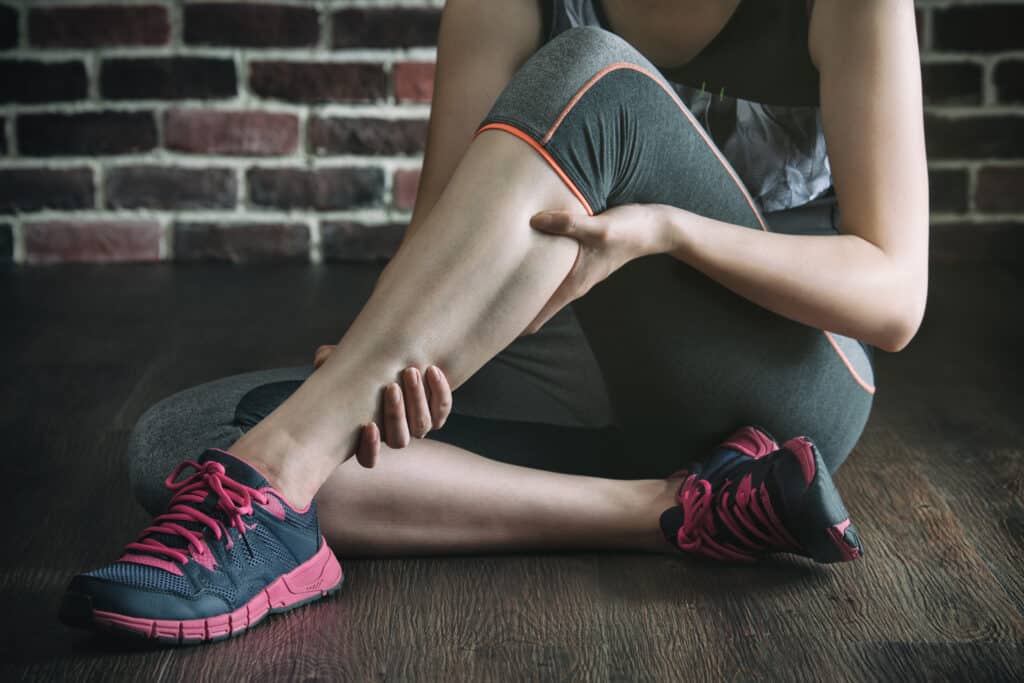
Calf strain is a common injury for people of all ages and activity levels. Whether you’re a professional athlete or someone who enjoys leisurely runs or walks calf strains can occur due to overuse, improper technique or trauma. In most cases, mild to moderate calf strains can be treated with rest, ice, compression, and elevation. However, there are certain things you should avoid during your recovery period to prevent worsening your condition and prolonging your healing time. In this blog post, we’ll discuss what to avoid with calf strain and the best practices for a speedy and safe recovery.
Overexertion
While resting is crucial for the initial stage of your calf strain recovery some patients may be tempted to return to their usual physical activities as soon as possible. However, overexertion can cause more harm than good, as it puts excessive stress on the injured calf muscle and increases the risk of re-injury. Therefore, it’s essential to give yourself enough time to rest and gradually ease back into your routine, following your physiotherapist or chiropractor’s advice.
High-impact activities
High-impact activities, such as jumping, running, or weightlifting, can strain your calf muscles and lead to further injuries. During your recovery period, it’s best to avoid such activities and opt for low-impact exercises that put less stress on your calves, such as swimming, cycling, or yoga. These activities can help improve your blood circulation, flexibility, and overall fitness without aggravating your calf strain.
Poor footwear
Wearing inappropriate shoes or sneakers can affect your calf muscle’s alignment and cause unnecessary strain during your recovery period. Ensure that you’re wearing the right type of footwear for your activity level and foot structure, as recommended by your physiotherapist or chiropractor. They may advise you to use orthotic inserts or specialized shoes that provide better support and cushioning for your feet and calves.
Improper stretching or massage
Stretching and massage can be helpful for calf strain recovery, but only if done correctly and at the right time. Avoid stretching or massaging your calf muscle too soon after the injury, as it can cause more damage. Instead, wait until your pain and inflammation have subsided and follow your healthcare professional’s guidance on the appropriate stretches or massages that can benefit your recovery.
Ignoring pain or discomfort
One of the most important things to avoid with calf strain is ignoring your symptoms. Pain, swelling, stiffness, and weakness in your calf muscle are your body’s way of signaling that it needs rest and treatment. Don’t push through the pain or dismiss your discomfort as minor, as it can lead to a more severe injury or chronic condition. Always listen to your body and seek medical attention if your symptoms persist or worsen.
Calf strain can cause significant discomfort and disruption to your daily activities, but with the right treatment and care, you can recover fully and safely. Knowing what to avoid with calf strain is crucial for preventing re-injury and achieving a speedy and successful recovery. As a patient, it’s essential to follow your healthcare professional’s recommendations and take a proactive approach to your healing process. By avoiding overexertion, high-impact activities, poor footwear, improper stretching or massage, and ignoring pain or discomfort, you can reduce your risk of complications and get back to your daily routine with confidence and comfort.
If you have any questions or would like to explore further, please book a free, no-charge online appointment. Jonathan Tran is a physiotherapy practitioner at CARESPACE.

